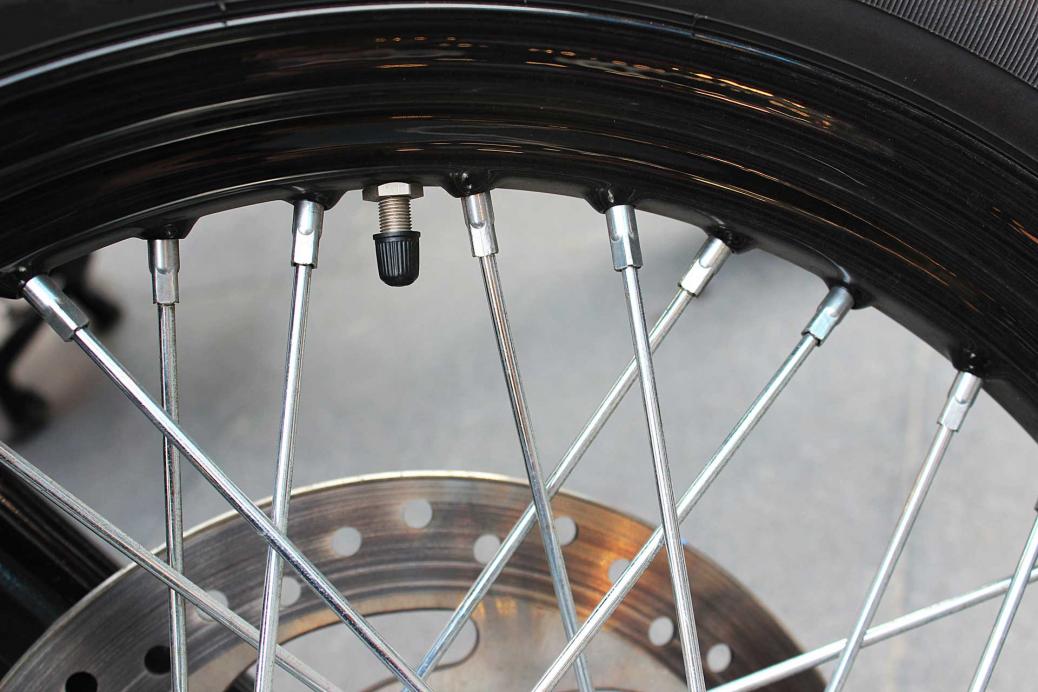0 items - £0.00
No products in the basket.

Nobody likes it when their car makes annoying and distracting noises, especially the tires. The drone of tires on the pavement is annoying on a long drive, and it can be enough to “hypnotize” a driver to the point of drowsiness and inattention. Automakers have entire divisions devoted to NVH (noise/vibration/harshness) for their vehicles, and a big part of noise suppression is keeping road noise down. But what about the tires themselves?
As tire noise comes from the interaction between rubber and pavement, any discussion of tire noise has to take into account these two factors – tread design and road surface.
The tire engineers have to take all these factors into account when balancing road noise concerns with handling, road manners, and traction. Even if you’re driving a dead-quiet 60s luxury sedan, you’ll be able to hear a jump in road noise when you change from a smooth interstate highway to a rough section that’s under construction.
In the end, engineers have to split the difference on these concerns and hopefully come up with a tire that generates an unobtrusive “white noise” under most conditions. That, of course, is not even thinking about a specific vehicle’s amount of insulation and noise suppression.
Pitch design is an important factor in road noise. Pitch refers to the number of tread blocks around the tire’s circumference.
To enhance steering response and handling, summer tires typically use larger tread blocks and lesser pitch. All-season or winter tires will have a greater pitch, multiplying the number of “biting edges” and surface area for traction on wet pavement or snow.
Engineers will use computer design to break up and stagger pitch between tire grooves; four tires that have the exact same pitch all the way around will “harmonize” with each other and generate an unpleasant amount of road noise. Randomizing that pattern will break up that harmony and lessen the amount of drone from the tires.
Depending on diameter, a typical tire rolls 800 times in a mile. That means each tread block contacts the pavement, followed by the next and the next until it happens over four million times in the course of 5,000 miles.
Yes, tire rotations help make up for the uneven weight distribution of a vehicle, and front tires wear differently due to the forces of inertia with braking and cornering. More than that, though, failing to observe a 5,000-mile tire rotation interval will undo the work that engineers put into noise suppression.
The first rotation of new tires is especially important since new tires have the deepest tread and are most susceptible to uneven wear. You really don’t want that wear pattern to be set up with brand new tires. Note that failing to do tire rotations regularly will void your warranty!
If you’ve ever driven a set of tires all the way down to the 2/32” minimum, with the wear bars showing through the tread, you’ve probably noticed a harsher ride as well as poor braking and handling and more noise. That’s because there’s simply less rubber to soak up and suppress sound waves. Conversely, brand new tires have more rubber and tread depth to cushion the ride and damp sound waves.
Let’s take that third bullet point first: if you ever rode in a car with old-fashioned “mud grips” or “snow tires,” you know how loud they can be. Those tires are obsolete now, but all-terrain tires are generally going to be noisier, thanks to their tread design, especially compared to touring or all-season tires.
Low-profile tires tend to be louder due to the fact that smaller sidewalls don’t soak up as much noise. Then again, on bigger tires, the larger air chamber tends to resonate and amplify noise. As if we didn’t have enough factors at play already, wider tires tend to make more noise than narrow tires just simply because there’s more rubber in contact with the road.
Wrapping It All Up
The NVH teams at automakers take their jobs seriously – the average non-luxury car today is about 80% quieter than it was in the 1980s. Still, tire noise will always be a big part of that picture.
We’ve seen a few of the elements that have an effect on tire noise, and how a tire designer has to be able to consider handling, road manners, ride quality, durability, and noise level in the design process. Take all the above considerations into account and you can easily see how tough the tire engineer’s job is when it comes to managing the road noise part of tire design.

Development Office, Unit 211 East London Works, London, E1 1DU
© 2017 3Dom Wraps | Terms & Conditions | Privacy
Created with love @ 